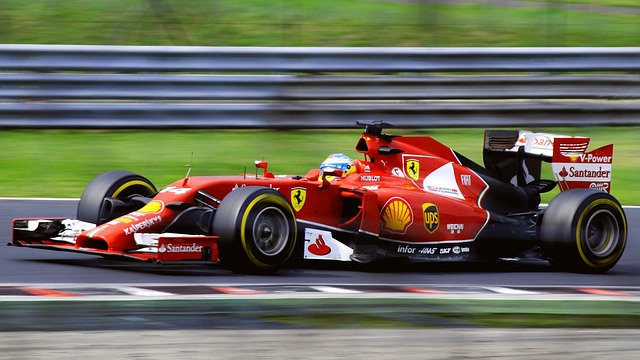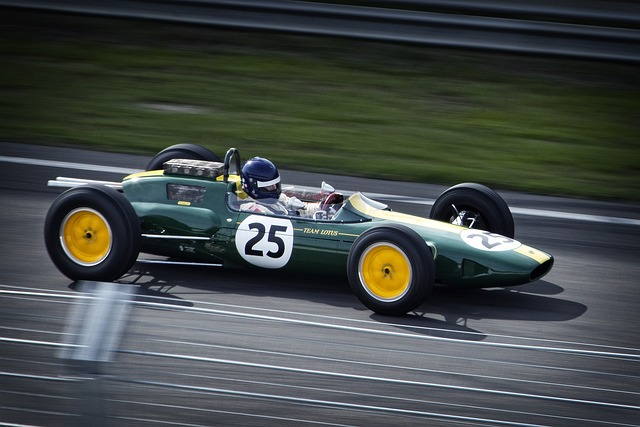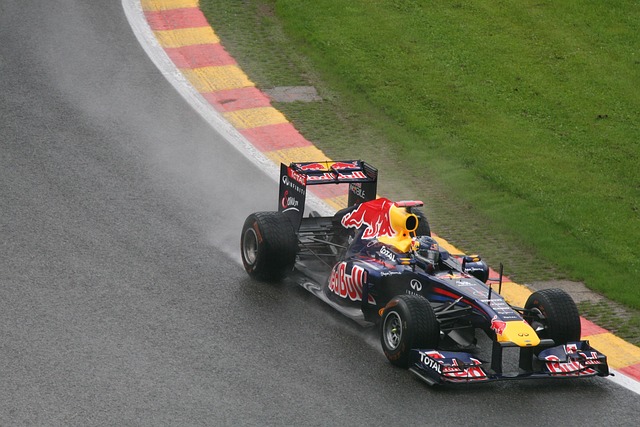If you’ve ever placed a sports bet or spun the reels in an online slot with bonus multipliers, you’ve come across odds. But how are these odds actually formed? What math hides behind those decimal numbers or fractions? And why do they keep changing?
This article unpacks the basics of how betting odds are calculated, using plain language, simple math, and real-world examples—so even if you never liked math class, you’ll walk away with a clearer picture of how the numbers really work, and how it can make your bet at 22Bet successful.
Understanding the Basics: What Are Betting Odds?
Betting odds, above all else, give you two important pieces of information:
- How likely an event is to happen.
- How much you can win if it does.
Let’s take an example. If a football team has odds of 2.00 to win a match, it means two things:
- The bookmaker believes the chance of this team winning is around 50%.
- If you bet $10 and the team wins, you’ll get $20 back — your original $10 plus $10 in profit.
Different countries display odds in different ways. The most common formats are:
Types of Odds
- Decimal Odds (e.g. 2.50) – popular in Europe and online betting sites.
- Fractional Odds (e.g. 5/2) – common in the UK.
- American Odds (e.g. +150 or -200) – used in the U.S.
All these formats say the same thing in different ways. But how do sportsbooks calculate those numbers?
Behind the Numbers: How Odds Are Calculated
Bookmakers start by assessing how likely something is to happen. This could be:
- A team winning a football match
- A tennis player reaching the final
- A roulette wheel landing on red
They do this by estimating probability, then turning that probability into odds. Here’s how.
Step 1: Estimate the Probability

Bookmakers use:
- Historical data (team records, player stats)
- Market trends (where the money is going)
- News updates (injuries, weather, lineup changes)
Let’s say:
- Team A has a 60% chance of winning.
- A draw has a 25% chance.
- Team B has a 15% chance.
Step 2: Convert Probability to Odds
In decimal format:
Decimal Odds = 1 ÷ Probability
So for Team A:
1 ÷ 0.60 = 1.66
For the draw:
1 ÷ 0.25 = 4.00
And Team B:
1 ÷ 0.15 = 6.66
These are called the true odds — the real probabilities turned into prices. But here’s the catch: bookmakers want a profit.
The Overround: How Bookmakers Make Money
Bookies don’t offer you the “true odds.” Instead, they add a margin — called the overround or vig — to ensure they profit regardless of the outcome.
Here’s How It Works:
Let’s go back to our example:
- Team A: true odds 1.66 → bookmaker offers 1.60
- Draw: true odds 4.00 → offered at 3.80
- Team B: true odds 6.66 → offered at 6.00
Now the implied probabilities (what the odds suggest) would be:
- Team A: 1 ÷ 1.60 = 62.5%
- Draw: 1 ÷ 3.80 = 26.3%
- Team B: 1 ÷ 6.00 = 16.6%
Add them up:
62.5 + 26.3 + 16.6 = 105.4%
That extra 5.4% is the bookmaker’s margin — and how they stay in business.
How Odds Shift: The Role of the Betting Market

Odds don’t stay fixed. They move depending on what’s happening in the real world — and in the betting world.
Reasons Odds Change:
- Injuries or lineup news before a match
- Heavy betting on one side (bookmakers adjust to balance risk)
- Market intelligence (sharp bettors placing large bets)
A team’s odds could drop from 2.50 to 2.10 if a star striker is confirmed to start. That’s the market reacting in real time.
3 Tips for Reading Odds Like a Pro
- Don’t just look at the payout. High odds often reflect lower probability.
- Use implied probability. Convert odds to percentages to judge risk vs. reward.
- Watch for value bets. If you think something has a higher chance of happening than the odds suggest, it might be worth backing.
Summary: Odds Are Math, Not Magic
Understanding the math behind the odds doesn’t require a math degree—just a bit of curiosity and common sense. Once you know how the system works, you’re already ahead of 90% of casual bettors.
Ready to test your new knowledge? Open up the sportsbook, check today’s lines, and start seeing the math behind the numbers.
